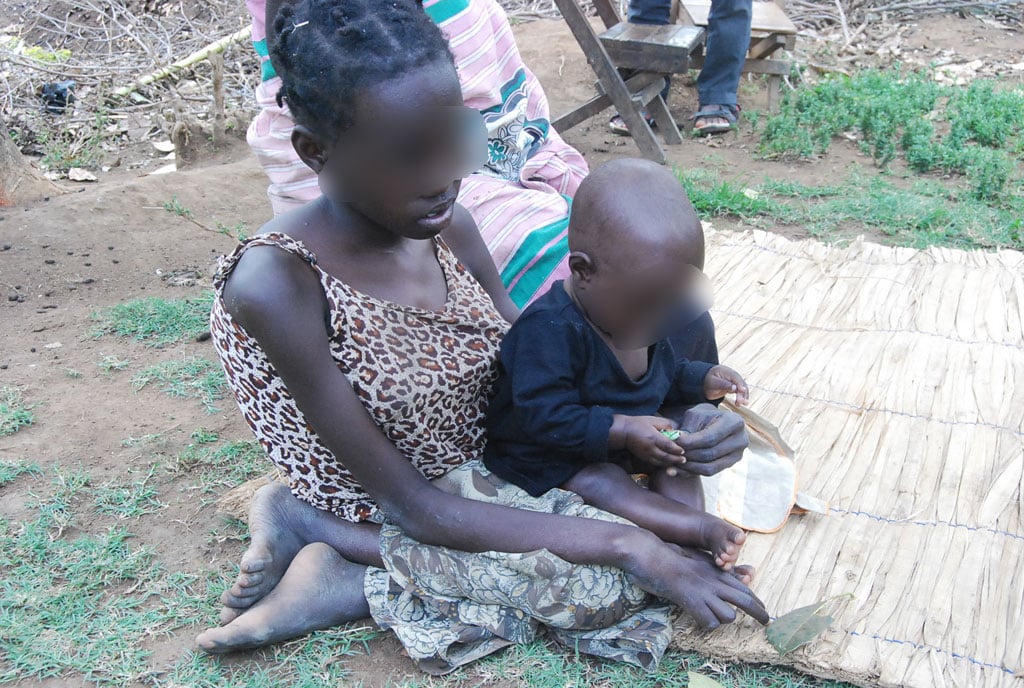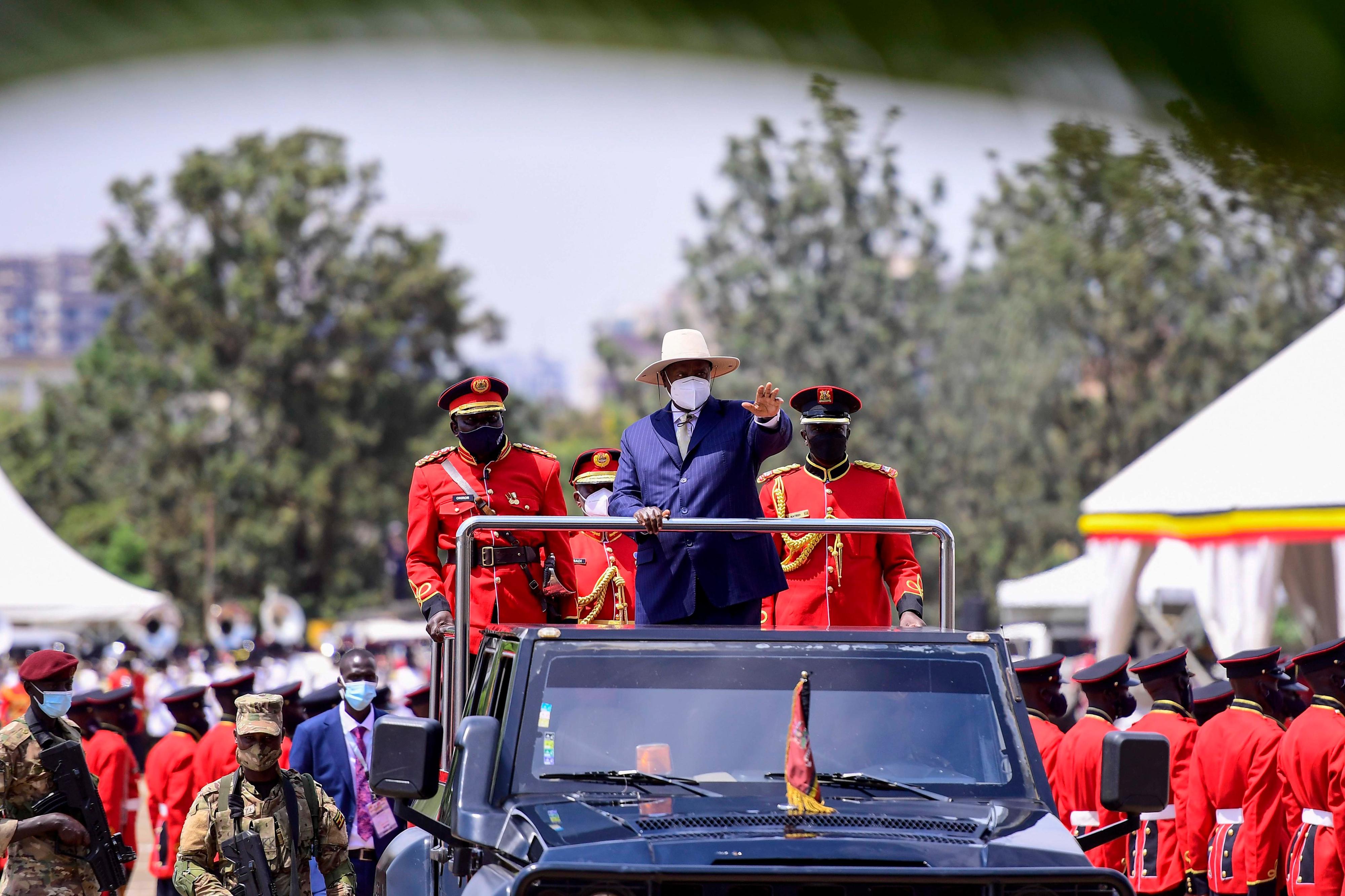Prime
World Polio Day: Streamline challenges facing vaccination

What you need to know:
- Although vaccination is generally accepted in Uganda with more than 80 percent of the children receiving their vaccinations, it is crucial that we vaccinate our children at the right age and right interval between doses as indicated.
Today is world polio day. A day in which we celebrate the tremendous gains achieved against this killer disease. The global target is to eradicate polio out of the whole world and I agree this is no mean feat. But I look forward to that day and I believe it will come someday in my lifetime.
I would like to especially celebrate the Ugandan mothers and fathers and wish you happy celebrations on this auspicious day when we celebrate our collective and successful fight against this disease so far.
A few years ago, I was having a discussion with a group of 14 young women in the suburbs of Kampala. Our topic of discussion was the importance of vaccination. Two of these young women said, “there is no use vaccinating children since the bible says, ‘Unless the LORD watches over the city, the watchmen stand guard in vain’”.
I would like to reiterate what one of the young women said in response; “the bible also repeatedly shows that when God wanted to rescue a nation, He always sent them a man....” And I wholeheartedly agree with her; this man could come in many forms; a scientist or the security forces or in other ways. The greatest fear from these two young women was the fear of the ‘white person who has sent us this vaccine to kill our children’.
Vaccination practices were not designed by the whites in Europe but by Africans who lived in North Eastern Africa long before the 18th Century. At the time the practice was referred to as variolation or inoculation commonly used to prevent smallpox at the time. Inoculation is a word derived from the Latin inoculare, meaning “to graft.”
In this process there is subcutaneous installation of the virus into non-immune individuals. This inoculation practice was exported to India, China and other parts of Asia. It was through the Asian merchants that the practice was introduced into Europe at the beginning of the 18th Century. The practice was officially published by Edward Jenner from his work with cow pox in 1796. He was the first to call this practice vaccination. Therefore, he is globally recognised as the father of vaccination. But the true fathers of vaccination were our ancestors and great grandparents in Africa.
Since the discovery of vaccination several vaccines are available to prevent more than 30 known diseases. In Uganda we have approved and deployed vaccines against 13 of these diseases including vaccination against polio. The polio vaccine comes in two forms; first, the oral polio virus vaccine where the babies receive two drops of the vaccine in the mouth at birth, 6 weeks, 10 weeks and at 14 weeks. The second vaccine is the inactivated polio vaccine or commonly referred to as IPV.
This vaccine is given as an injection on the left upper thigh at 6 weeks and at 14 weeks of age of the baby. IPV is far better than the Oral polio virus vaccine in terms of conferring a better immune response and preventing outbreaks of circulating vaccine-derived poliovirus which can be an unwanted sequel to the oral polio virus vaccination activities.
Although vaccination is generally accepted in Uganda with more than 80 percent of the children receiving their vaccinations, it is crucial that we vaccinate our children at the right age and right interval between doses as indicated. The purpose of this is to induce the most optimal immune response. The “bestest” immune response as my niece often declares.
Previous research in various places in Uganda indicates that only about 30 percent of children are vaccinated at the right age and right interval between doses. This has a general effect on lowering population immunity. Therefore, there is quite a bit of work for the Ministry of Health to streamline this and several other challenges facing the vaccination program in Uganda.
Besides vaccination there are basic public health measures that can be deployed at home or in our lifestyle to prevent polio. And this is dependent on knowing how polio spreads from person to person. The disease is transmitted from person to person through ingestion of food or water contaminated with fecal matter from an infected individual. Consequently, prevention is quite simple with basic hygiene practices such as proper disposal of feaces in a pit latrine or modern toilet facilities, hand washing with soap and water after use of the toilet and before handling food. Boiling your drinking water helps quite a bit.
But let’s get back to the D-day. Since its launch at the World Health Assembly in 1988, the Global Polio Eradication Initiative has reduced the global occurrence of new cases of polio by more than 99 percent and more than 10 million people are walking today who otherwise would have been paralyzed. So, we have quite a lot to celebrate today. I would like to wish you happy celebrations.
Dr. Juliet N. Babirye MBChB, MPH, PhD International Health.




